Next Artemis 1 launch attempt set for Sept. 3
Original Publication Date: 2022-08-31 02:08
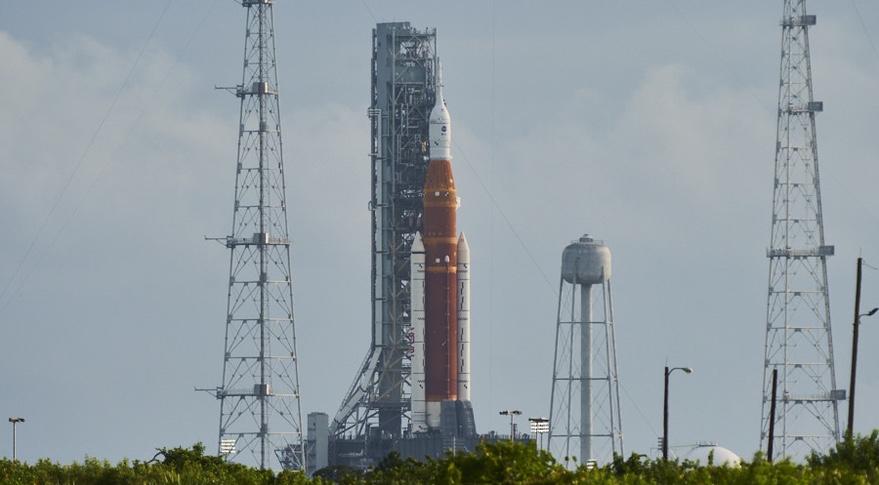
NASA reschedules next attempt to launch Artemis 1 mission for Sept. 3. A faulty temperature sensor may be at the root of the problem that scrubbed the first launch attempt. One reason for the additional delay is to give engineers time to work on a hydrogen leak.
U.S. looking to encourage more countries to join ASAT testing ban
Original Publication Date: 2022-08-31 10:56

U.S. Looking for ways to encourage more countries to back a ban on anti-satellite weapon tests. U.S. Vice President Kamala Harris announced April 18 that the United States would refrain from conducting direct-ascent anti-satellite (ASAT) tests. In July, the New Zealand government announced that it, too, would commit not to test direct-ascent ASATs.
Starlink secures first cruise line customer with Royal Caribbean
Original Publication Date: 2022-08-30 22:44
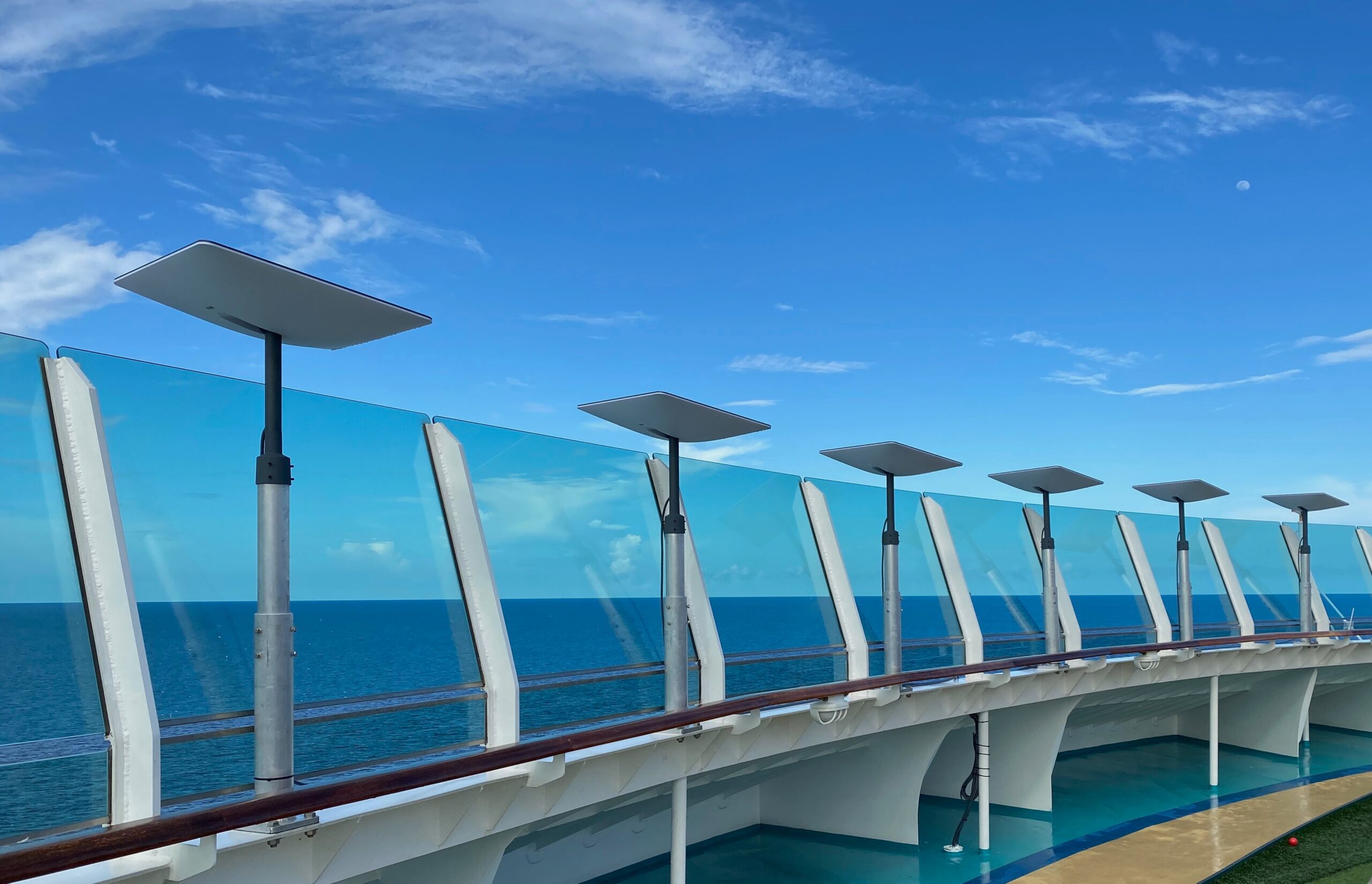
Royal Caribbean Group says it has become the first cruise liner to adopt SpaceX’s Starlink satellite broadband services. The company plans to install Starlink by the end of March on some 50 ships. TUI Cruises and Hapag-Lloyd Cruises are not part of the agreement.
Firefly hires new CEO ahead of second launch
Original Publication Date: 2022-09-01 11:05
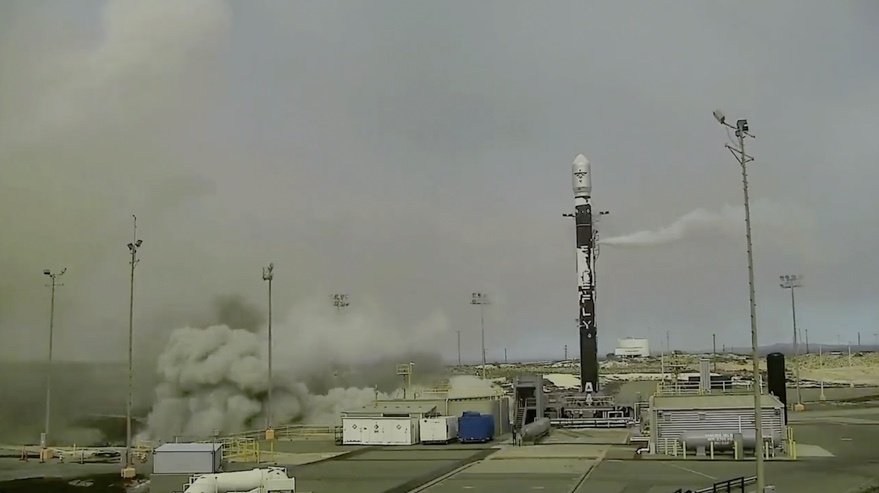
Bill Weber is the new chief executive of Florida-based Firefly Aerospace. He replaces Peter Schumacher, who had served as interim chief executive since mid-June. Weber was previously president and chief executive of KeyW Corporation, a cyberspace operations company. The hiring comes as Firefly gears up for its second attempt to launch its Alpha rocket.
NASA and SpaceX finalize extension of commercial crew contract
Original Publication Date: 2022-09-01 07:36

NASA extends commercial crew contract with SpaceX for more than $1.4 billion. The extension has a value of $1.44 billion, or $288 million per mission to the International Space Station. The award of the five missions, designated Crew-10 through Crew-14, came after NASA announced its plans in a procurement notice June 1.
Intelsat’s Galaxy 15 mutes payload as it drifts into other satellite paths
Original Publication Date: 2022-08-31 22:50
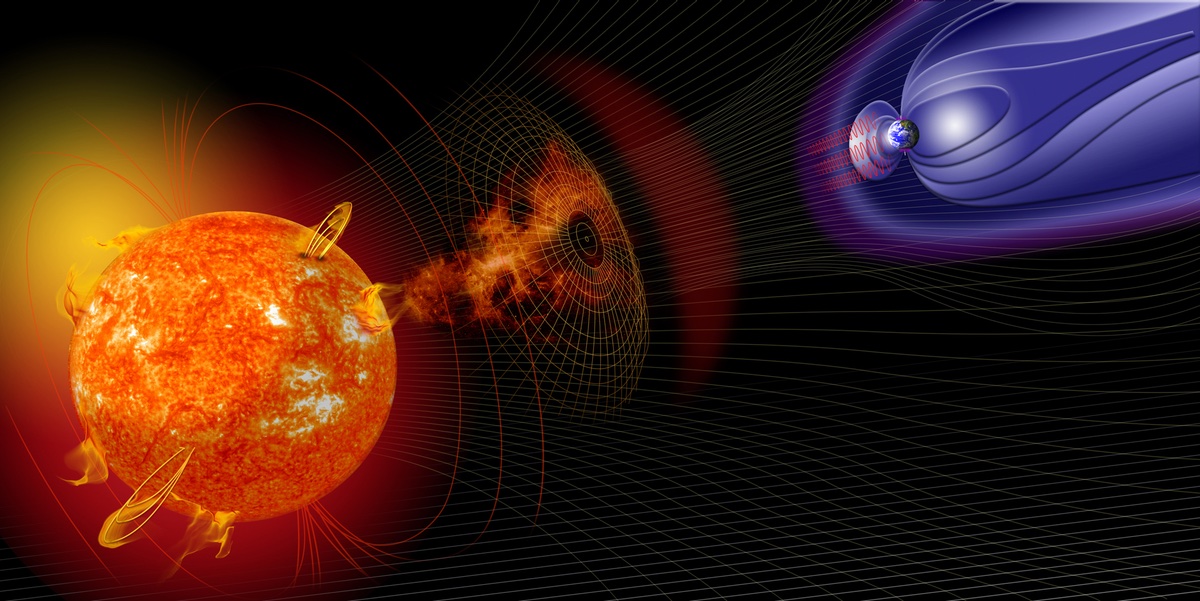
Intelsat says satellite that stopped responding to commands shut down its payload Aug. 31. Galaxy 15 continues to drift out of its geostationary orbit slot at 133 degrees West. Intelsat said it has successfully moved all customers from Galaxy 15 to its Galaxy 23 satellite.
U.S. Space Command calls for investment in technologies for deep space missions
Original Publication Date: 2022-08-31 18:53

Lt. Gen. John Shaw says space security problems can’t be solved by military alone. He spoke to the Defense Advanced Research Projects Agency “DARPA Forward” conference. Shaw said new technologies will be needed to better understand the cislunar space environment.
NASASpaceFlight.com
The SSLV or Small Satellite Launch Vehicle conducted its launch debut from Sriharikota, India on Sunday, August 7 at 03:48 UTC. The SSLV program’s genesis was a December 2015 National Institute of Advanced Studies proposal to create a “Small Satellite Launch Vehicle-1” to launch small national security payloads on demand.
Commercial Archives
SpaceX has launched another batch of Starlink satellites into orbit on their Starlink Group 3-4 mission. The Falcon 9 Block 5 lifted off at 10:40 PM PDT on Tuesday, August 30 (05:40 UTC on Wednesday, August 31) This mission marked SpaceX’s 39th mission of 2022–a mission every 6.13 days.
International Archives
The first of three sequenced missions to return humanity to the lunar surface will not launch until at least September 2. A scrub during the initial launch attempt due to an issue with Engine 3’s bleed system. This is the first time a moon rocket has been ready to launch since 1972.
Chinese Long March 3B Launches APStar-6C Communications Satellite – Spaceflight101

China conducted a rare commercial launch of a Long March 3B rocket with the APStar-6C communications satellite. Long March 3B lifted off from the Xichang Satellite Launch Center at 16:06 UTC on a mission of under half an hour to lift the spacecraft into an elliptical Geostationary Transfer Orbit. Confirmation of launch success was provided by APT Satellite around 40 minutes after liftoff when the satellite had been separated into its target orbit.
Blue Origin’s New Shepard Reaches new Heights in latest Test Flight – Spaceflight101

Blue Origin's reusable New Shepard launch system reached new heights in a test designed to expand the vehicle’s operational envelope by sending it to a peak altitude of 107 Kilometers. Sunday’s flight marked the second for this particular set of hardware, following up on the successful December 2017 mission that debuted “Crew Capsule 2.0”
ISS Updates – Spaceflight101 – International Space Station

A veteran NASA spacewalker and an EVA rookie from Japan ended their week with nearly six hours of work outside the International Space Station. The restoration of the Station’s Mobile Servicing System started last year and continued in January to provide Canadarm2 with a new pair of grappling hands.
Featured – Spaceflight101

SpaceX Falcon 9 takes to the skies over Florida’s Cape Canaveral Monday afternoon. The flight-proven Dragon spacecraft will deliver science gear, supplies and maintenance hardware to the International Space Station. It is the first of at least six cargo ships inbound to the U.S. Segment of ISS this year.
News – Spaceflight101

Russia's Rockot booster is set to blast off from the Plesetsk Cosmodrome at 17:57 UTC on Wednesday with the Sentinel-3B multi-function satellite. The rocket will carry a Russian Rockot booster along with a Russian Rockot satellite booster.
Re-Entry: Long March 11 Rocket Body – Spaceflight101

The CZ-11 fourth stage used leftover propellant for a partial de-orbit maneuver, lowering its perigee to 120 Kilometers to significantly accelerate its orbital decay. The rocket re-entered the atmosphere on April 29, 2018 after only three days in orbit. It lifted a cluster of five commercial Earth-imaging satellites into a 500-Kilometer orbit.
Engineers Solve Data Glitch on NASA’s Voyager 1
Engineers have repaired an issue affecting data from NASA’s Voyager 1 spacecraft. Earlier this year, the probe’s attitude articulation and control system began sending garbled information about its health and activities. The team has since located the source of the garbled information: The AACS had started sending the telemetry data through an onboard computer known to have stopped working years ago.
NASA’s Webb Detects Carbon Dioxide in Exoplanet Atmosphere

First clear, detailed evidence for carbon dioxide ever detected in a planet outside the solar system. No observatory has ever measured such subtle differences in brightness of so many individual colors across the 3- to 5.5-micron range in an exoplanet transmission spectrum before. Understanding the composition of a planet’s atmosphere is important because it tells us something about the origin of the planet and how it evolved.
NASA Helps Minority-Serving Institutions Refine Tech Proposals
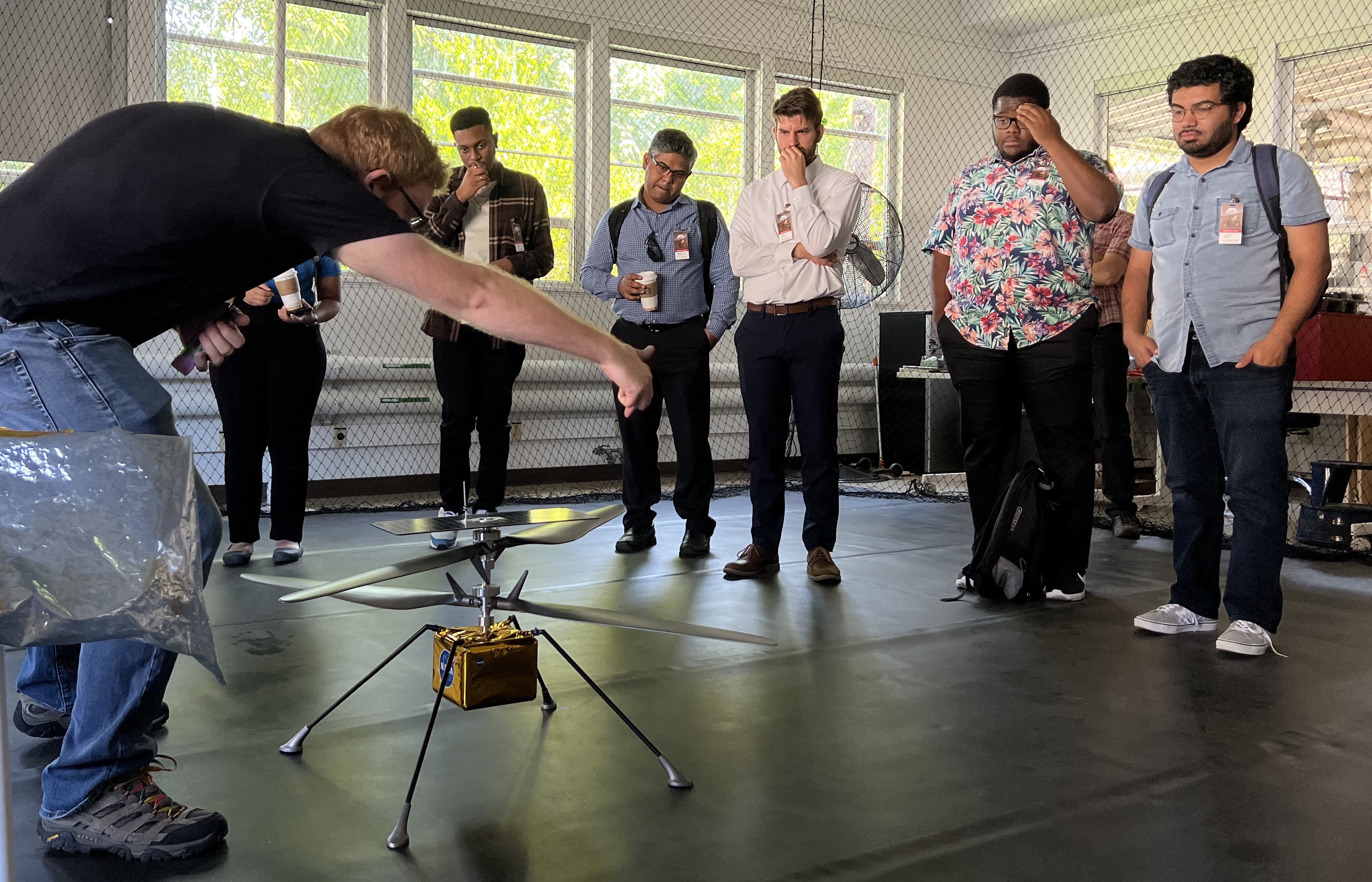
The MSI Space Accelerator is a partnership between NASA's Science Mission Directorate, its Earth Science Technology Office, and the Minority University Research Education Project. The teams got in-person feedback to hone their projects. They also had a chance to spend time at JPL locations where NASA missions have likewise been refined. The teams received awards of $50,000 as prizes for their initial concepts.
NASA’s Perseverance Makes New Discoveries in Mars’ Jezero Crater

Scientists have offered various theories why olivine is so plentiful over such a large area of the surface. Another theory is that the olivine formed deep underground from slowly cooling magma – molten rock. Perseverance abraded a rock to reveal its composition; studying the exposed patch, the scientists homed in on the olivine’s large grain size.
NASA Scientists Help Probe Dark Energy by Testing Gravity
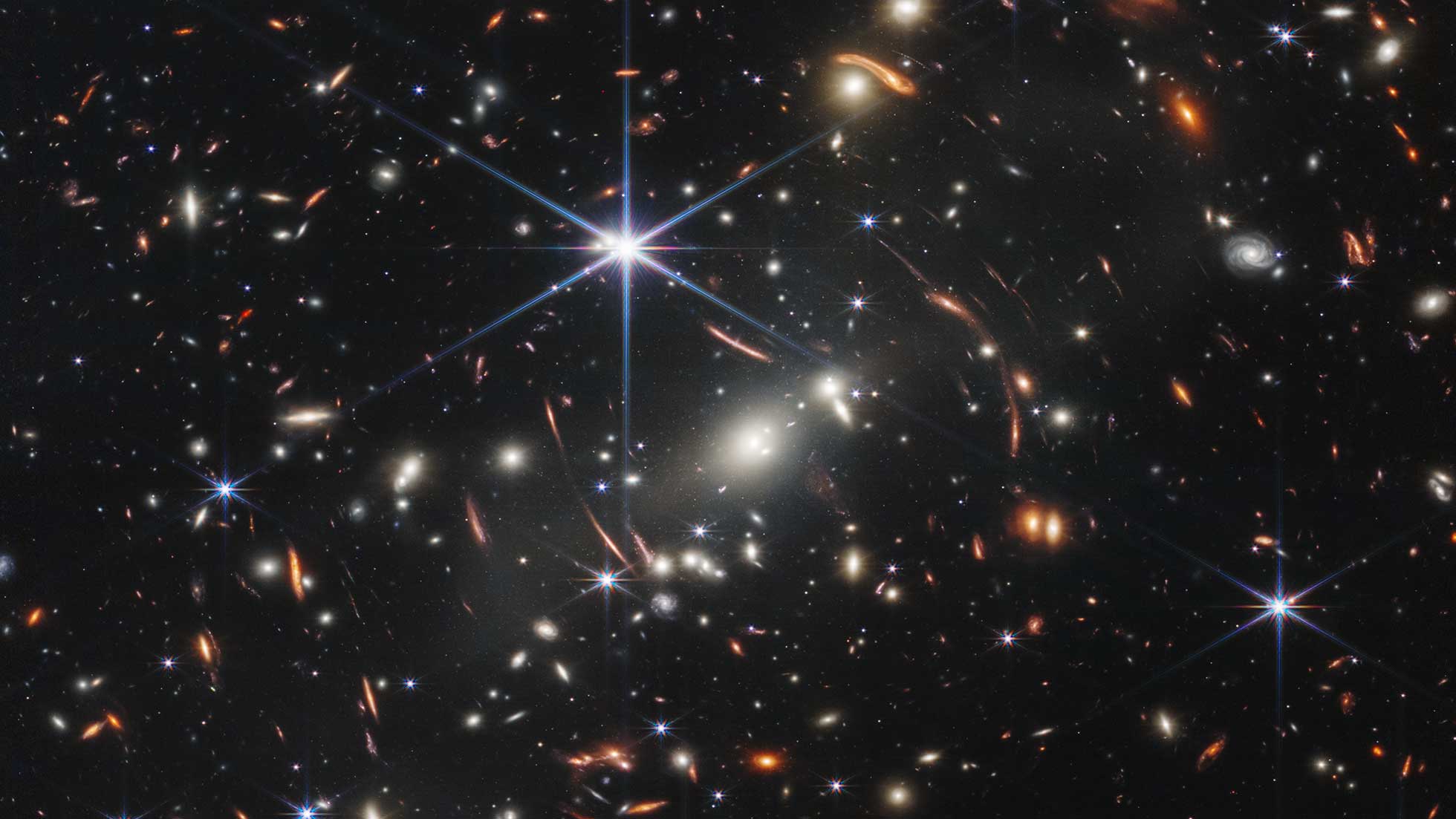
The study is one of the most precise tests yet of Albert Einstein’s theory of gravity at cosmic scales. The research will feed into two upcoming missions: ESA’s Euclid mission, slated for launch no earlier than 2023, and NASA’s Nancy Grace Roman Space Telescope, targeted for launch no later than May 2027.
45 Years Ago: Voyager 2 Begins Its Epic Journey to the Outer Planets and Beyond

Voyager 2 carried out the first close-up observations of Uranus between Nov. 4, 1985, and Feb. 25, 1986. It returned more than 7,000 photographs of the planet, its rings and moons, discovering two new rings and 11 new moons. Voyager 2 took advantage of Uranus’ gravity to send it on to its last planetary destination, Neptune.
Voyager, NASA’s Longest-Lived Mission, Logs 45 Years in Space
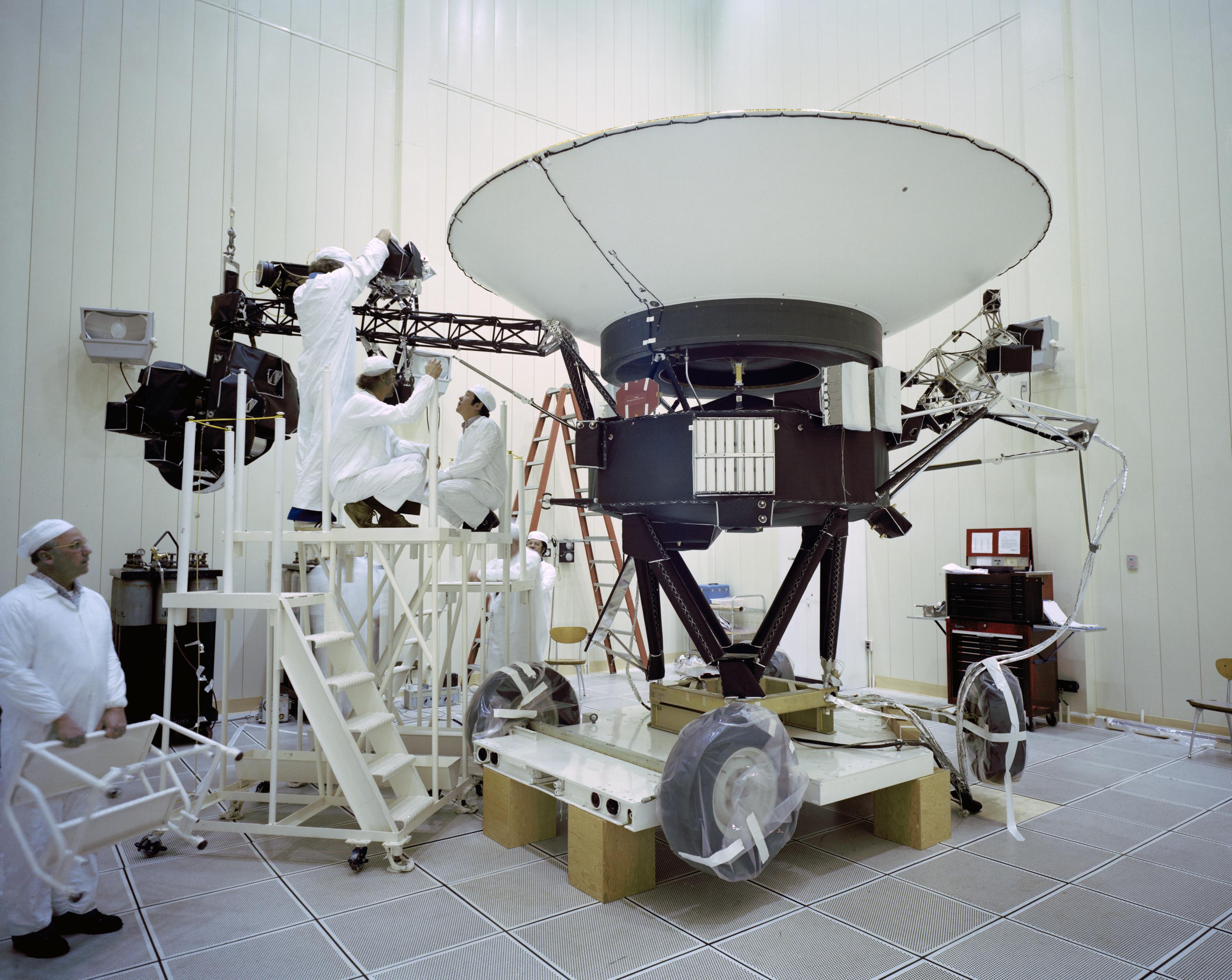
The twin Voyager probes are the only probes to ever explore interstellar space. Researchers are combining Voyager’s observations with data from newer missions to get a more complete picture of our Sun. The Voyager probes have about 3 million times less memory than modern cellphones. They transmit data about 38,000 times slower than a 5G internet connection.

